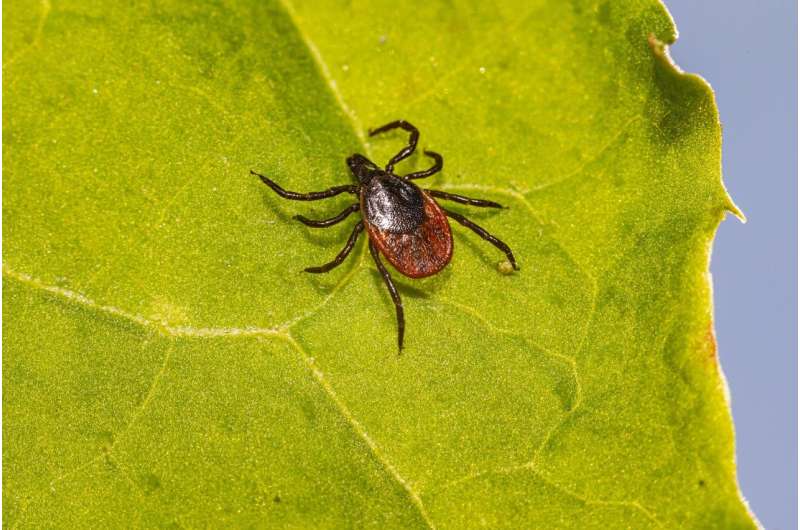Post-Treatment Lyme Disease Syndrome May Be Caused by Persistent Bacterial Remnants

Recent research suggests that the lingering symptoms experienced by some patients after Lyme disease treatment—known as Post-Treatment Lyme Disease Syndrome (PTLDS)—may be due to remnants of the bacteria responsible for the infection, Borrelia burgdorferi. While antibiotics can effectively eliminate active infection, they do not fully clear all bacterial components. Specifically, fragments of the bacterial cell wall, called peptidoglycan, can persist in human tissues like the liver for weeks or even months post-treatment.
A 2025 study from Northwestern University has shown that these bacterial components, especially from Lyme disease bacteria, shed rapidly but their fragments tend to remain in tissues such as the liver, potentially provoking ongoing immune responses. This persistent immune activation might mimic chronic illness, including fatigue, cognitive challenges, muscle pain, and arthritis.
The research also indicates that the unique structural features of Lyme’s peptidoglycan—different from other bacteria—contribute to its persistence. Unlike typical bacterial cell wall components that are cleared quickly, Lyme peptidoglycan’s modifications, acquired through its tick vector, make it resistant to breakdown and clearance. This can lead to prolonged immune engagement in some patients.
Dr. Brandon Jutras, a microbiologist involved in the study, explains that individual immune responses to these bacterial remnants vary. Some patients may mount a strong response, resulting in worse symptoms, while others may largely ignore these molecules. This variability could explain why some people experience long-term symptoms despite antibiotic treatment.
Current efforts are focused on developing new treatments that target these bacterial fragments directly. Instead of solely trying to eliminate the bacteria, scientists are exploring ways to neutralize or remove peptidoglycan molecules, including the use of monoclonal antibodies, to reduce inflammation and improve symptoms.
The findings not only shed light on the mechanisms behind PTLDS but may also improve diagnostic accuracy and guide future therapies, potentially offering relief to many suffering from persistent post-treatment symptoms. For more details, see the full study in Science Translational Medicine.
Stay Updated with Mia's Feed
Get the latest health & wellness insights delivered straight to your inbox.
Related Articles
Simplifying Brain–Computer Interface Design with No-Code Tools
Discover how new no-code tools like PyNoetic are transforming brain-computer interface development by making it more accessible, customizable, and collaborative for researchers and clinicians worldwide.
Hypertension: The Leading Chronic Condition in Individuals Aged 85 and Older
Hypertension is the most common chronic condition among adults aged 85 and older, affecting over two-thirds of this age group and posing significant health risks. Learn more about its prevalence and impact in the elderly.
Stricter Gun Laws Linked to Fewer In-Home Pediatric Firearm Homicides
Research shows that stricter gun control laws at the state level are associated with a decrease in in-home firearm homicides among children and teenagers. Strong laws like red flag laws help protect vulnerable youth from firearm-related violence.



